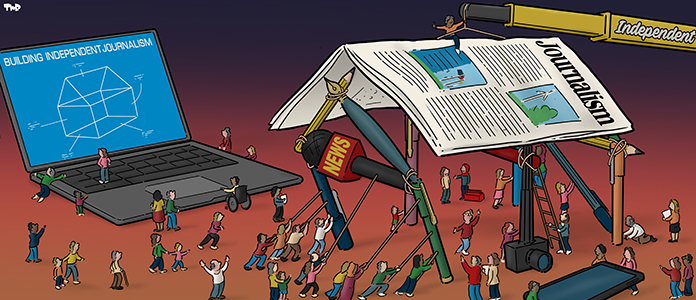After a summer of Europeans forgetting their woes and tanning themselves at the beach, the time for a reality check has come. For the fundamental problems of the eurozone remain unresolved. First, a trillion-dollar bailout package in May prevented an immediate default by Greece and a break-up of the eurozone. But now sovereign spreads in the peripheral eurozone countries have returned to the levels seen at the peak of the crisis in May.
Second, a fudged set of financial “stress tests” sought to persuade markets that European banks’ needed only €3.5 billion in fresh capital. But now Anglo-Irish alone may have a capital hole as high as €70 billion, raising serious concerns about the true health of other Irish, Spanish, Greek, and German banks.
Finally, a temporary acceleration of growth in the eurozone in the second quarter boosted financial markets and the euro, but it is now clear that the improvement was transitory. All of the eurozone’s peripheral countries’ GDP is still either contracting (Spain, Ireland, and Greece) or barely growing (Italy and Portugal).
Even Germany’s temporary success is riddled with caveats. During the 2008-2009 financial crisis, GDP fell much more in Germany – because of its dependence on collapsing global trade – than in the United States. A transitory rebound from such a hard fall is not surprising, and German output remains below pre-crisis levels. Click here to read the rest of the article…
Do you like our work?
Help multilingual European journalism to thrive, without ads or paywalls. Your one-off or regular support will keep our newsroom independent. Thank you!












